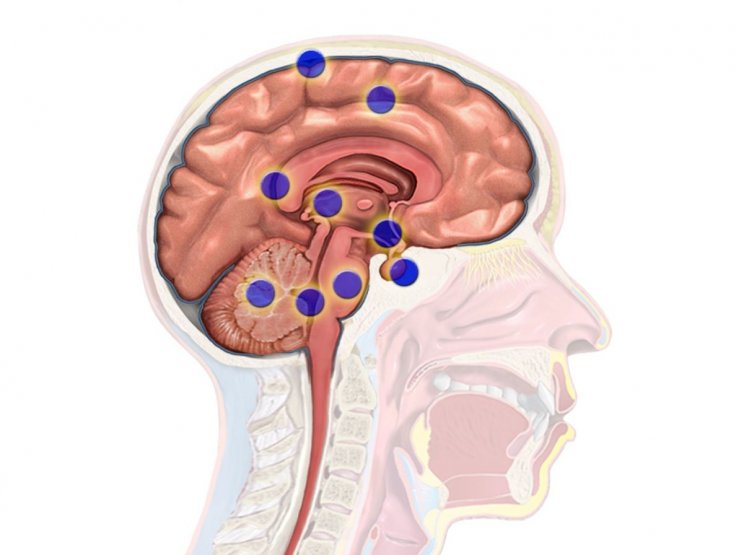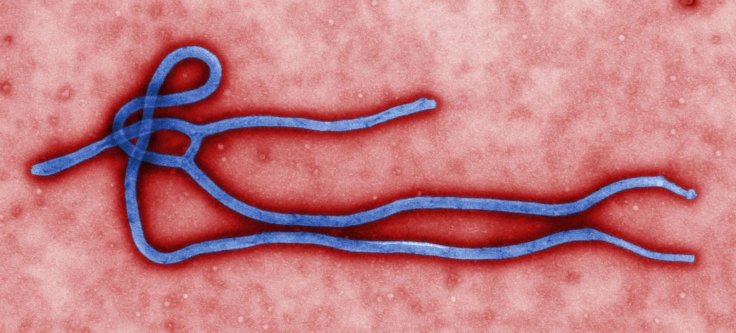One of the most aggressive forms of brain cancer, Glioblastomas, is notoriously hard to contain and treat. Characterised by tumours that grow rapidly, there is no known cure for this cancer and is tackled by easing symptoms through treatment. A new study suggests the use of one of the most deadly viruses known to man to treat the disease — Ebola.
The study by researchers from Yale University employs a unique approach. The approach makes use of two phenomena—the weakness in a majority of cancer tumours to fight infections, and the defense of the Ebola virus against the body's immune system to it.
"The irony is that one of the world's deadliest viruses may be useful in treating one of the deadliest of brain cancers," said Anthony van den Pol, co-author of the study.
Inability of cancer cells to fight pathogens made use of

As opposed to healthy cells that can initiate an immune response against invading pathogens such as viruses, cancer cells lack this ability. This has prompted researchers to consider the possibility of using viruses to fight various forms of cancer.
However, the use of virus comes with the potential risk of causing fatal infections. In order to overcome this complication, scientists have experimented with testing or creating chimeric virus—a virus created using genes from multiple viruses. These viruses can target cancer cells without causing harm to patients.
An Ebola gene to the rescue?
Van den Pol was fascinated by the action of one of Ebola's genes. Of the seven genes that the virus possesses, one particular gene enables its evasion from the body's immune response and adds to its potency. Along with Xue Zhang, the study's first author, he employed a chimeric virus that comprised of a gene—a glycoprotein with a mucin-line domain (MLD) —from the Ebola virus. It is important to note that only MLD glycoprotein was utilised and not the whole Ebola virus.

MLD plays a vital role in concealing Ebola from the immune system in wild-type Ebola virus. To test the effectiveness of the chimeric virus that they created, the researchers injected it into the brains of glioblastoma-ridden mice. They discovered that the glioblastoma brain tumours were selectively targeted and eliminated by MLD.
A chimeric virus could be the answer
According to Van den Pol, MLD's positive effect seems to be that while it prevents infection in normal cells, it attacks cancer cells as they lack the capacity to initiate an immune response against pathogens.
The prime reason behind this kind of action could be that the virus replicates less aggressively due to the glycoprotein MLD it contains as against viruses without glycoprotein MLD, essentially making it safer. Theoretically speaking, a virus of this kind can be used in combination with surgery to destroy glioblastoma tumours and aid in preventing the relapse of cancer van den Pol said.








